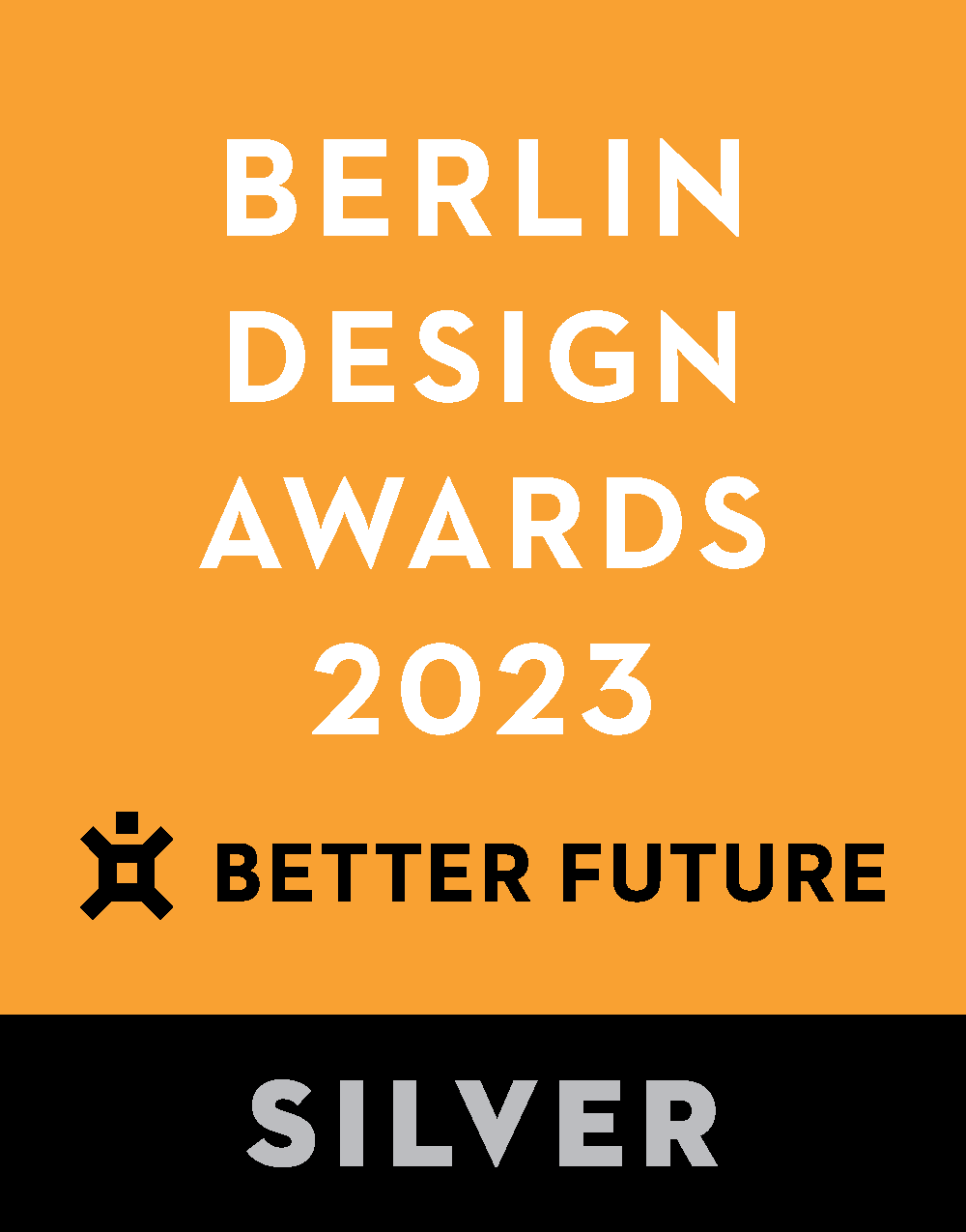Key Dates










Image Credit : Ming Ze, Tan Xiaozhong

Project Commissioner
Project Creator
Project Overview
Based on the concept of "spatialized interior, artistic space", the design team conceived the overall space as an 80,000-cubic-meter artwork, which provides a "pure" leisure destination in the urban setting.
The design team believes that an excellent public leisure space needs to create value for customers beyond delivering services. Therefore, they created a place that is as inclusive as water, a "pure land" that enables customers to get refreshed both physically and mentally.
Team
DJX Design
Project Brief
The project adopted innovative interior design strategies. Graceful curves are brought into the space to break the boundary and subtly build a connection between architecture and art. Various shapes are combined in different ways, to produce a continuous, mysterious experience, and to obscure the spatial boundary together with the overlapping lights and glossy material textures. The complexity of forms results in a tranquil, elegant spatial atmosphere, which brings the guests into another world that fuses the real with the virtual.
Project Innovation/Need
Hangzhou is a vibrant new first-tier city in China. Gongshu District of Hangzhou, where the project is located, carries the memories of the Beijing-Hangzhou Grand Canal — a unique cultural heritage site.
To respond to emerging consumer demands and give a new interpretation of the millennia-old bathing culture, the design team creatively introduced multiple independent functions including bathing, foot care, SPA, catering and entertainment, and integrated them into a 20,000-square-meter scene through unified architectural and artistic languages. In this way, the project created a new commercial mode that combines diversified operations, including fine dining, hot spring, entertainment, wellness and other special services.
The project breaks the limitations of conventional bathhouses. Centering on the lobby and the bathing area, the designers organized efficient circulation routes to meet the needs of different customer groups, and meanwhile innovatively solved multiple pain points, such as excess floors, overly long circulation routes, and the small number of customers during off-seasons. Through combining diverse new operations, the project responded to the demands of Generation Z consumers and created an elegant, cozy leisure destination in the busy city.
Design Challenge
The designers intended to give the space with more possibilities, which was challenging. To that end, the team conceptualized the space as an "urban living room", boldly applied interior finishes that simulate architectural textures, and overlapped simple elements, to emphasize the sense of order and extension of the space.
While creating a "micro-city"-like space, the designers adopted stone materials and coatings to create a strong textural contrast, and to shape fun, colorful transition spaces. The pure formal relationship is complemented by colors and lighting, which produces a strong artistic vibe in the space.
Sustainability
To realize the design effect at a reasonable cost, the design team selected artificial stones as the major decorative materials. Compared to marble, artificial stones can help save resources and are better in energy saving and environmental protection. The artificial stones selected for this project were made through a simple manufacturing process with the use of locally sourced raw materials, which avoided long-distance transportation. All the raw materials are inorganic, chemical-free, non-toxic, and odorless. Those artificial stones have a high recycling rate and an excellent performance in plasticity, which are applied to a large area of the indoor floor and walls.
Interior Design - International Hospitality - Casual
This award celebrates innovative and creative building interiors where people eat and drink - this includes bars, restaurants, cafes and clubs. Judging consideration is given to space creation and planning, furnishings, finishes, aesthetic presentation and functionality. Consideration also given to space allocation, traffic flow, building services, lighting, fixtures, flooring, colours, furnishings and surface finishes.
More Details

